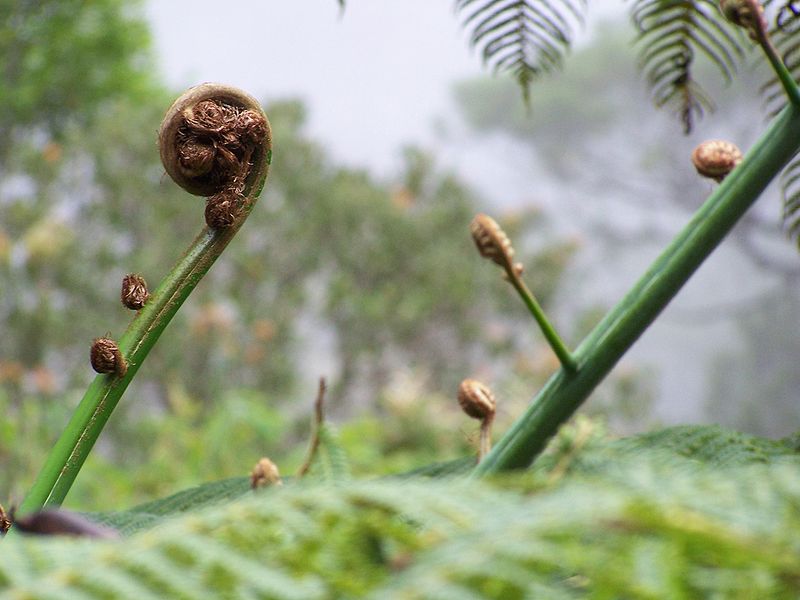Science News
All of Earth's Species

Science Today is on vacation but will be back tomorrow. In the meantime, please enjoy this article we ran in November.
A few weeks ago, a short blurb in ScienceInsider caught my eye. The article, “Taxonomists Propose Counting all of Earth’s Species,” quickly covers a meeting held in New York “to launch a NASA-style mission to identify and describe all the world's 10 million species in the next 50 years.”
About a year ago, I heard Academy researchers talk about the same goal, identifying all life as quickly (and thoroughly) as possible, starting in pockets around the world where our research is and has been strong—Madagascar, the Coral Triangle, Gaoligongshan, and of course, California.
Why the need? Why the desire to accomplish this? I emailed Quentin Wheeler, the meeting organizer, who told me “With the biodiversity crisis, the need to advance taxonomy and species discovery has never been more urgent.” The Academy’s Stan Blum, who was part of the meeting, told me:
Human actions are profoundly changing our planet. Knowing what exists and where will help us understand the resources we have at our disposal, and what we are at risk of losing. Right now we are like rich kids that haven’t learned to manage the family fortune. From medicine, to agriculture, to renewable energy, our reliance on the living portion of our natural heritage—biodiversity— is profound.
This project will include scientists from institutions around the world. Working together, in an open research format, is essential, says Blum:
This science is a global enterprise. Every country has an interest in knowing how its own ecosystems work, and collectively we all have an interest in knowing life on Earth.
According to Wheeler, it won’t just be scientists. We can all get involved:
We spent a fair amount of time talking about citizen science and there are lots of exciting ideas for expanding involvement. What I find especially exciting about cyber-enabled taxonomy or cybertaxonomy—the fusion of traditional taxonomic goals with cyber tools—is the coming democratization of taxonomy. While only a privileged few in the past could access the rare literature and type- and rare-specimens in order to conduct taxonomy at high levels of excellence, all those resources are being digitized and soon citizen scientists will be able to take their work as far as their passion and talents permit.
(For more information on cybertaxonomy and to find out about the organization behind this proposal, check out the International Institution for Species Exploration website.)
I asked Blum if the goal was realistic, “to identify and describe all the world's 10 million species in the next 50 years.”
Yes, with a few caveats. This initiative doesn’t have a finite goal like landing on the moon; it doesn’t have the simple demonstration of achievement symbolized by planting a flag. Nevertheless, the value in going to the moon was not planting the flag. The value was in what came out of getting there. We may never know ALL the species there are, but before we lose traction worrying about how we’ll know when we’re done, we really need to understand that we’re at the other end of the process with some very important and large groups of organisms. Our ignorance is still profound. It is very possible to achieve the discovery rate we need to meet the 50-year goal.
How much will it cost? How will it get funded? Wheeler told us that there will be a final report in March 2011, but a first report is expected earlier next year. This is a subject our institution is very passionate about. In fact, it’s in our mission statement: to explore, explain and protect the natural world. All of it. So stay tuned.
Image by LotteMae/Wikimedia